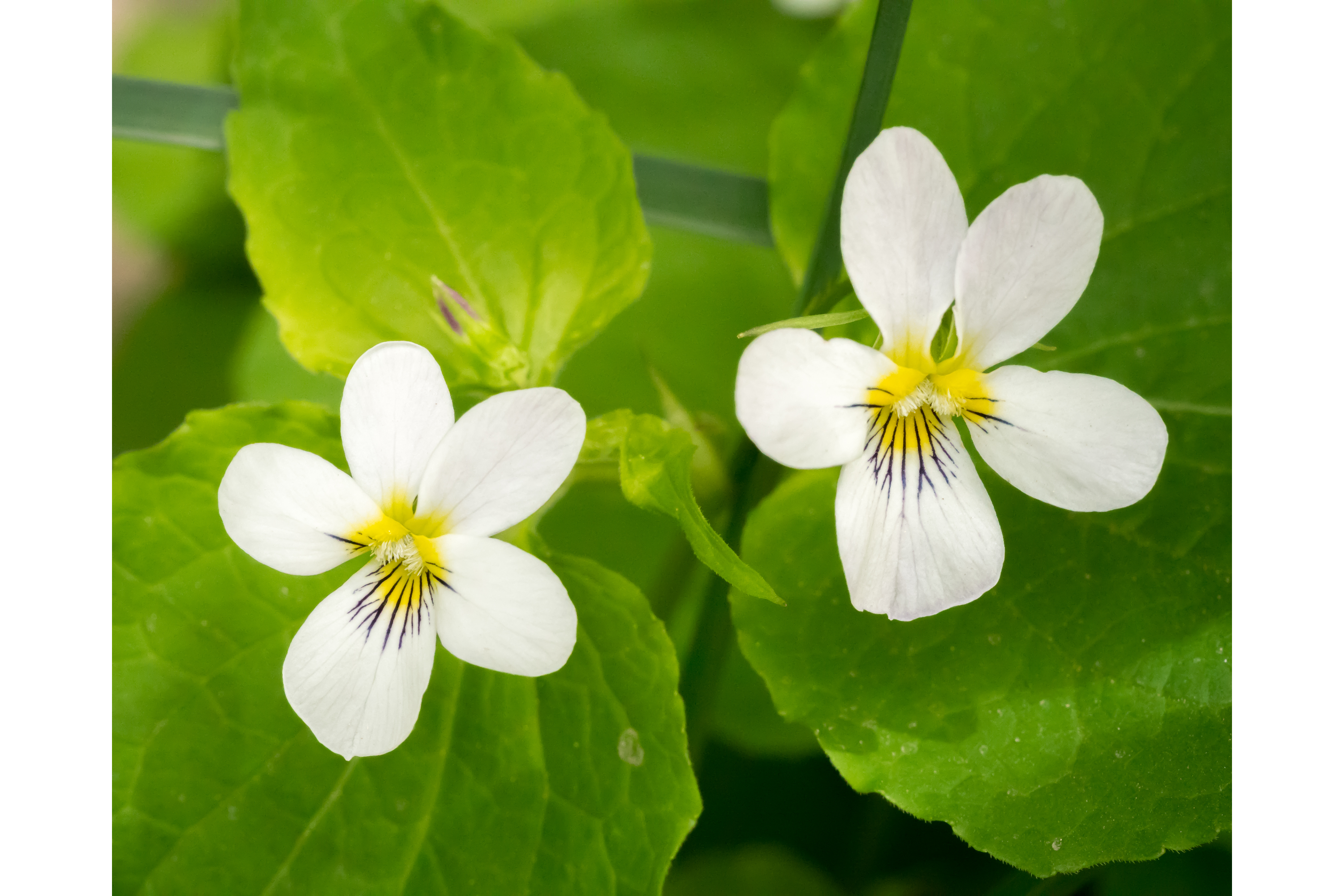Canadian white violet
(Viola canadensis)

Description
Viola canadensis is a flowering plant in the Violaceae family. It is commonly known as Canadian white violet, Canada violet, tall white violet, or white violet. It is widespread across much of Canada and the United States, from Alaska to Newfoundland, south as far as Georgia and Arizona. It is a perennial herb and the Latin specific epithet canadensis means of Canada. Viola canadensis bears white blooms with yellow bases and sometimes streaks of purple. The petals are purple tinged on the backside. The leaves are heart-shaped, with coarse, rounded teeth. It is listed as endangered in Illinois, Maine, and New Jersey, as threatened in Connecticut, and having a historical range in Rhode Island. The leaves and blossoms are edible. The latter can be used to make jelly. The South Ojibwa use a decoction of the root for pains near the bladder. Viola is a genus of flowering plants in the violet family Violaceae. It is the largest genus in the family, containing between 525 and 600 species. Most species are found in the temperate Northern Hemisphere; however, some are also found in widely divergent areas such as Hawaii, Australasia, and the Andes. Some Viola species are perennial plants, some are annual plants, and a few are small shrubs. Many species, varieties and cultivars are grown in gardens for their ornamental flowers. In horticulture the term pansy is normally used for those multi-colored, large-flowered cultivars which are raised annually or biennially from seed and used extensively in bedding. The terms viola and violet are normally reserved for small-flowered annuals or perennials, including the wild species. Annual or perennial caulescent or acaulescent (with or without a visible plant stem above the ground) herbs, shrubs or very rarely treelets. In acaulescent taxa the foliage and flowers appear to rise from the ground. The remainder have short stems with foliage and flowers produced in the axils of the leaves (axillary). Viola typically have heart-shaped or reniform (kidney-shaped), scalloped leaves, though a number have linear or palmate leaves. The simple leaves of plants with either habit are arranged alternately; the acaulescent species produce basal rosettes. Plants always have leaves with stipules that are often leaf-like. The flowers of the vast majority of the species are strongly zygomorphic with bilateral symmetry and solitary, but occasionally form cymes.
Taxonomic tree:







